Indoor Game
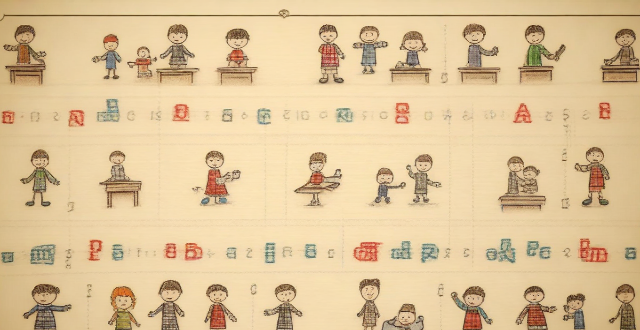
What kind of indoor games can parents play with their children to strengthen their bond ?
The article provides a list of indoor games that can help strengthen the bond between parents and children. The games include board games like Monopoly and Chess, card games such as Uno and Go Fish, puzzles and brain teasers like Sudoku and crossword puzzles, arts and crafts activities, indoor treasure hunts, and cooking/baking projects. These games not only provide entertainment but also offer opportunities for learning and quality time spent together.
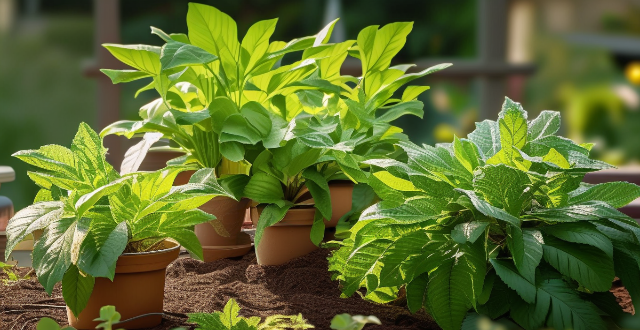
How can I revive a dying indoor plant ?
Reviving a dying indoor plant requires patience, care, and attention to detail. Here are some steps you can take to help your plant recover: Identify the problem, adjust watering schedule, provide adequate sunlight, fertilize appropriately, prune dead leaves and stems, repot if needed, monitor for pests and diseases, maintain humidity levels. By following these steps and providing regular care and attention, you can revive a dying indoor plant and help it thrive once again.

How often should I water my indoor plants ?
Indoor plants require proper watering to thrive. The frequency of watering depends on soil moisture, plant type, and environmental conditions. Most houseplants benefit from being watered every 7-14 days, while succulents and cacti can go longer between waterings. It's important to check the soil before watering and adjust your routine based on the plant's health and growth patterns. With proper care, your indoor plants will thrive and bring life to your space.

What kind of soil is best for indoor plants ?
The ideal soil for indoor plants should be well-draining, lightweight, and rich in nutrients. It should contain ingredients like perlite or sand to improve drainage, be lightweight to allow better aeration and root growth, and provide essential nutrients such as nitrogen, phosphorus, and potassium. Popular soil mixes for indoor plants include potting soil mix, coco coir mix, orchid bark mix, and cactus and succulent mix. Each of these mixes caters to different types of plants and their specific needs.

What is the relationship between energy-efficient buildings and indoor air quality ?
This article explores the relationship between energy-efficient buildings and indoor air quality, highlighting both positive and negative interactions. It defines energy efficiency and indoor air quality, outlines strategies for improving air quality in energy-efficient buildings, and concludes that it is possible to achieve both goals through careful design and maintenance practices.

Should I use fertilizer for my indoor plants, and if so, how often ?
Fertilization is crucial for indoor plants, providing essential nutrients for growth. The need for fertilizer depends on factors like plant type, soil quality, and light exposure. Most indoor plants benefit from monthly fertilization during the growing season, while slow-growing plants may need it less frequently. Signs of nutrient deficiency can guide adjustments to the fertilization schedule. Choosing the right fertilizer involves considering its type (synthetic or organic) and NPK ratio. Proper application includes diluting the fertilizer, watering beforehand, and avoiding direct contact with leaves and stem. Balancing nutrients and care ensures healthy plant growth without the risks of over-fertilization.
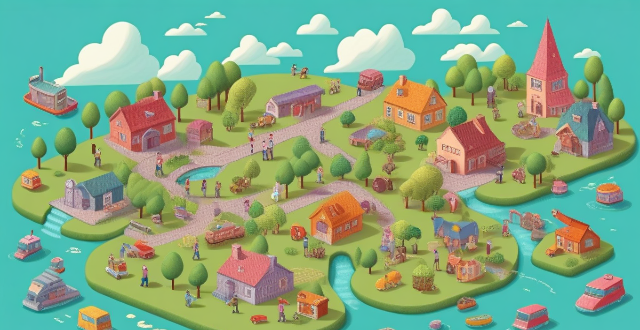
What are the key elements of educational game development ?
Educational game development involves defining learning objectives, understanding the target audience, designing engaging game mechanics and visuals, developing relevant content, implementing assessment and feedback mechanisms, conducting iterative testing, and collaborating with experts in the field. By addressing these key elements, developers can create effective educational games that support learning outcomes and enhance the overall player experience.
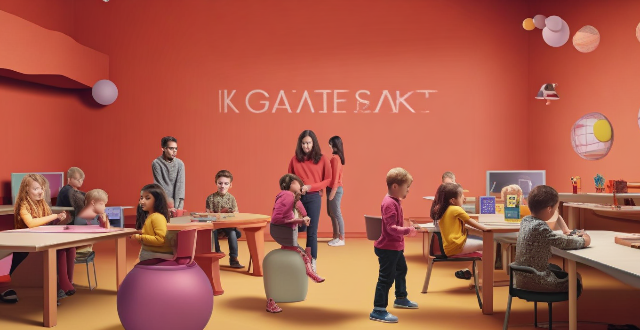
In what ways do gamification and game-based learning foster innovative teaching environments ?
Gamification and game-based learning foster innovative teaching environments by engaging students with challenges and rewards, promoting collaboration and competition, providing immediate feedback and personalization, and enhancing student motivation and engagement. These methods use elements of games to motivate students and enhance their learning experience, making learning more fun, interactive, and enjoyable. By incorporating these approaches, educators can transform traditional classrooms into dynamic spaces where students actively participate in their own learning journey.

What are the current trends in educational game development ?
The text describes the current trends in educational game development. These trends include gamification, personalized learning, collaborative learning, real-world applications, and augmented reality (AR) and virtual reality (VR). Gamification involves incorporating game elements into non-game contexts, such as education. Personalized learning focuses on tailoring the learning experience to individual students' needs and preferences. Collaborative learning encourages students to work together towards a common goal. Real-world applications help students understand how the concepts they are learning can be applied in practical situations. Augmented reality (AR) and virtual reality (VR) technologies provide immersive experiences that enhance learning. These trends aim to make learning more engaging, personalized, collaborative, applicable, and immersive for students.
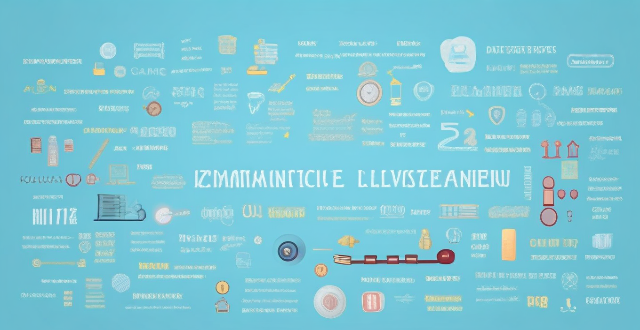
What programming languages are commonly used in educational game development ?
The text is about educational game development and the programming languages used. It lists some of the most commonly used programming languages in educational game development, including Python, JavaScript, Java, C#, UnityScript (C# variant), and HTML5/CSS3/JavaScript. The pros and cons of each language are discussed, along with examples of games that use them. The conclusion states that by choosing the right language for your project, you can ensure that your game is engaging, educational, and accessible to a wide audience.

What role does gamification play in educational game development ?
Gamification plays a crucial role in educational game development. It is the process of incorporating game elements into non-game contexts to make them more engaging and motivating for learners. In the realm of education, gamification can transform traditional learning experiences into interactive and enjoyable ones. This approach not only enhances student engagement but also fosters a positive learning environment. Key roles of gamification in educational game development include enhancing student engagement, providing immediate feedback, fostering competition and collaboration, encouraging self-directed learning, and incorporating relevant content. By leveraging these principles, educators can create effective learning experiences that are both enjoyable and impactful for students.

What are the challenges faced by educational game developers in creating games that are both fun and educational ?
The text discusses the main challenges faced by educational game developers, including balancing education and entertainment, meeting educational standards, adapting to different learning styles, and engaging students long-term.

What is the status of the NBA All-Star game due to COVID-19 concerns ?
The NBA All-Star game was canceled in 2021 due to COVID-19 concerns. This decision had a significant impact on both players and fans, as they missed out on an exciting event. Alternative events were organized to provide some entertainment value, but they were not able to fully replace the excitement of the actual All-Star game. The future of the event remains uncertain, but changes may be made to better accommodate health and safety concerns moving forward.

How can athletes manage pre-game nerves and anxiety ?
Pre-game nerves and anxiety are common for athletes but can be managed through various strategies, including mindfulness techniques, physical preparation, mental strategies, support systems, and practice. These methods help athletes perform at their best by transforming nervous energy into focus and drive for success.

How can educational game developers create engaging and interactive games without sacrificing educational content ?
Educational game developers can create engaging and interactive games without sacrificing educational content by focusing on clear objectives, gamification techniques, feedback mechanisms, collaborative features, and customization options. These key aspects can help developers create experiences that are both fun and educational for players of all ages.
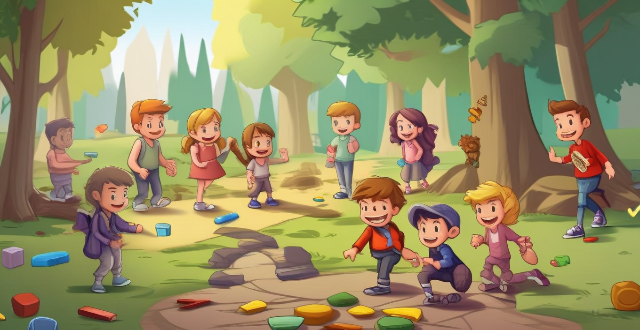
How can educational game developers measure the impact of their games on student learning outcomes ?
Educational game developers can measure the impact of their games on student learning outcomes through various methods, such as pre- and post-testing, surveys and feedback forms, observations and interviews, and comparative studies. These strategies allow developers to see if there has been any improvement in the students' knowledge or skills related to the game's content, gather information from students about their experience with the educational game, provide valuable insights into how well the game is working as an educational tool, and compare the learning outcomes of students who played the educational game with those who did not. By utilizing these methods, developers can gain valuable insights into how well their games are working as educational tools and make necessary adjustments to improve their effectiveness.
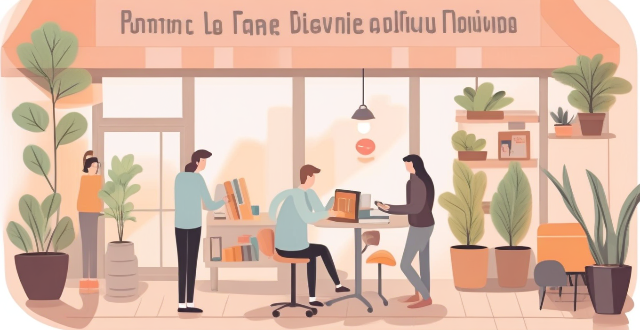
How should I spend a rainy weekend in a city ?
This text provides a guide on how to spend a rainy weekend in a city. It suggests staying indoors and enjoying the coziness of home by reading a book, watching movies or TV shows, and cooking or baking something delicious. It also recommends visiting indoor attractions like museums and art galleries, shopping malls, and indoor sports facilities. The text suggests pampering oneself with a spa day or attending a yoga or meditation class. Socializing and networking at events or meetups or visiting local cafes is another option. Lastly, it encourages embracing the rain outdoors by taking a walk or capturing the beauty of the city through photography.

In what ways do physical activities promote mental health and deter video game dependency ?
This topic summary delves into the intricate relationship between physical activities, mental health, and video game dependency. It emphasizes the role of physical activities in promoting mental well-being by boosting mood, enhancing cognitive functions, and providing social interaction. Conversely, it highlights how these activities can deter video game dependency by offering alternative forms of entertainment, setting boundaries for gaming time, and fulfilling achievement needs. The text underscores the importance of maintaining a balance between digital leisure and physical activities for overall mental health and well-being.

How can educational game developers ensure that their games are accessible to all learners, including those with disabilities ?
Educational game developers have the responsibility to ensure that their games are accessible to all learners, including those with disabilities. This can be achieved by understanding different types of disabilities and how they affect a person's ability to interact with educational games, implementing accessibility features such as text-to-speech, alternative controls, subtitles and audio descriptions, and customizable settings, and testing the game with users who have disabilities to identify potential barriers and refine the game based on feedback. By following these guidelines, developers can create educational games that are accessible to all learners, regardless of their abilities or disabilities.

Is it necessary to mist indoor plants regularly ?
Is misting indoor plants necessary? Misting can increase humidity and cleanliness, but also lead to over-watering, pests, and disease. It's beneficial for tropical plants and during dry seasons, but not always necessary. Use warm water, avoid direct sunlight, target leaves, and don't overdo it.

How do I prune my indoor plants correctly ?
Pruning indoor plants is crucial for their health, shape, and beauty. Here's a step-by-step guide on how to prune your indoor plants correctly: 1. **Assess the Plant**: Identify any dead or damaged leaves, stems, or branches and remove them first to prevent disease and insect infestations. 2. **Gather the Right Tools**: Sharp scissors or pruners, pruning shears for larger plants with thicker stems, and garden gloves to protect your hands from sharp edges and sap. 3. **Start Pruning**: Follow guidelines for pinching back, shaping and thinning, and removing dead flowers and stems. 4. **Post-Pruning Care**: Water thoroughly after pruning, apply a balanced fertilizer, ensure adequate sunlight or artificial light, and monitor for signs of stress or disease following pruning.

What is the ideal temperature for indoor plant growth ?
Indoor plants generally thrive in temperatures between 65°F to 75°F during the day and slightly cooler at night, along with proper humidity and air circulation. Maintaining these conditions helps promote healthy growth and flowering. Use a thermometer, avoid drafts, and adjust heating or cooling as needed to keep plants comfortable.

How much sunlight do indoor plants need ?
Indoor plants require sunlight for photosynthesis, but the amount needed varies by species. General guidelines include low light tolerance for plants like Peace Lily and Snake Plant, medium light requirements for Dracaena and Pothos, and high light preference for Cacti and Succulents. Key considerations involve window orientation and artificial lighting. Success tips include researching plant needs, monitoring response, and gradual adjustment to new lighting conditions.

What are the best indoor plants for low-light conditions ?
The best indoor plants for low-light conditions include Pothos, Snake Plant, Philodendron, Peace Lily, and ZZ Plant. These plants are adaptable, easy to care for, and known for their ability to purify the air. They come in various sizes and shapes, making them suitable for different preferences and spaces.

How do I propagate my indoor plants ?
Propagating indoor plants is a rewarding activity that allows you to expand your collection without spending much money. Here's a step-by-step guide on how to propagate your indoor plants: 1. Choose the right plant: Some common houseplants that are easy to propagate include pothos, succulents, snake plants, and spider plants. Make sure to choose a plant that is healthy and free from pests or diseases. 2. Gather your tools: You will need some basic tools for propagation, including sharp scissors or pruners, clean pots with drainage holes, potting soil, and possibly rooting hormone (depending on the plant). 3. Choose a method of propagation: There are several methods of propagation, including stem cuttings, leaf cuttings, division, and layering. The method you choose will depend on the type of plant you have. 4. Prepare your cuttings: Using sharp scissors or pruners, make clean cuts just below a node (the point where leaves attach to the stem) on your chosen plant. Remove any lower leaves that would be below the soil line as these can rot and cause problems later on. 5. Plant your cuttings: Fill your pots with fresh potting soil making sure there are drainage holes at the bottom. Make a small hole in the soil and insert your cutting about halfway down. Water gently to settle the soil around the cutting. 6. Provide proper care: Place your newly planted cuttings in a warm bright location but out of direct sunlight Keep the soil moist but not waterlogged Avoid letting it dry out completely You may also want to cover your pot with a plastic bag or dome to create a humid environment which helps promote root growth. 7. Be patient and observe growth It can take several weeks to months for your cuttings to develop roots and new growth Once you see new leaves forming you know that your plant has successfully rooted and is ready to continue growing independently. 8. Transplant if needed Once your plant has outgrown its current pot or seems rootbound it's time to transplant it into a larger container with fresh potting soil Be gentle when handling the delicate new roots during transplantation.

What impact does air pollution have on indoor sports facilities and athletes' health ?
Impact of Air Pollution on Indoor Sports Facilities and Athletes' Health: - **On Indoor Sports Facilities**: - Reduced visibility, unpleasant odors and tastes, equipment damage, and increased energy consumption due to air pollutants. - **On Athletes' Health**: - Respiratory problems, cardiovascular disease, asthma attacks, skin irritation, fatigue and lethargy, cognitive impairment, and immune system suppression due to exposure to air pollutants.